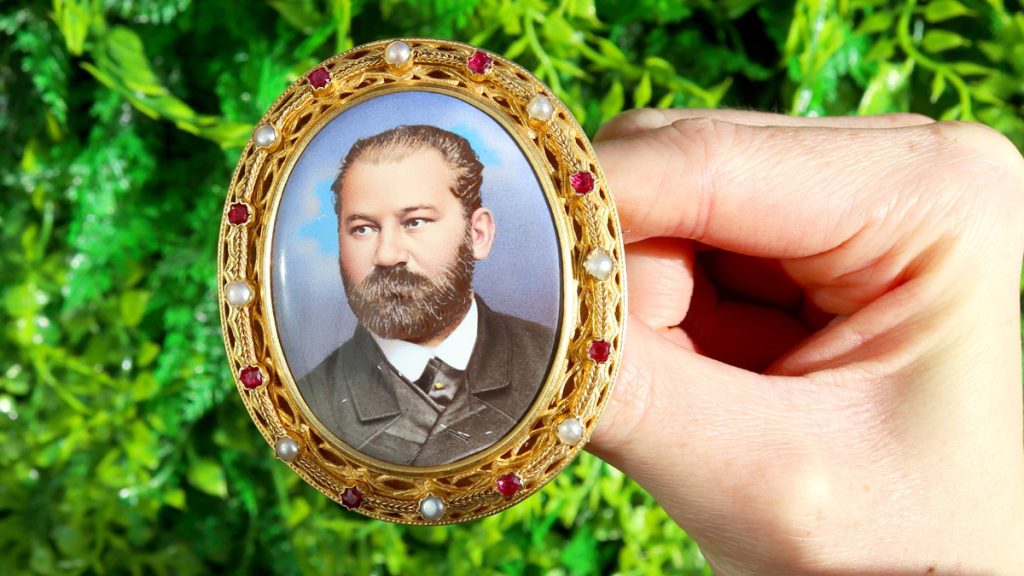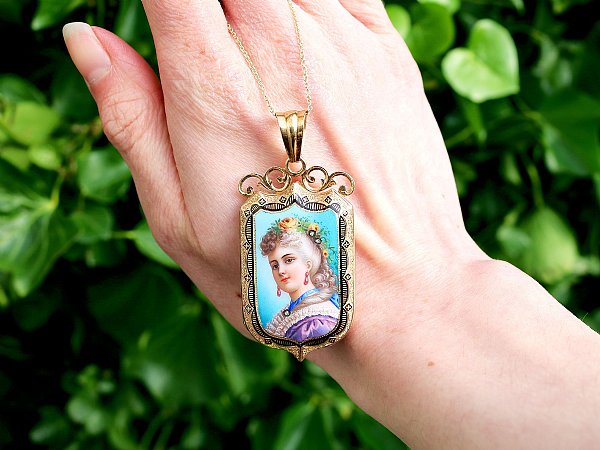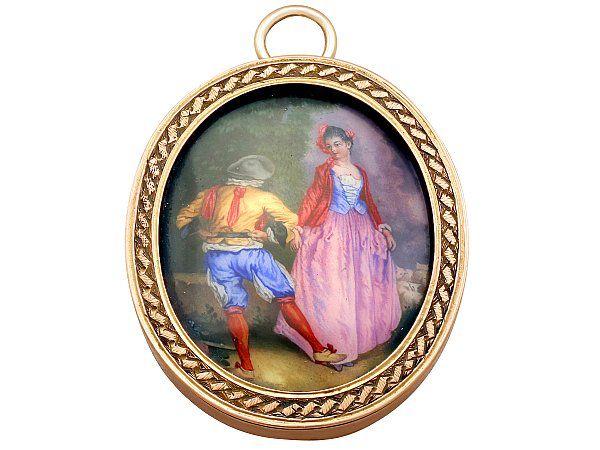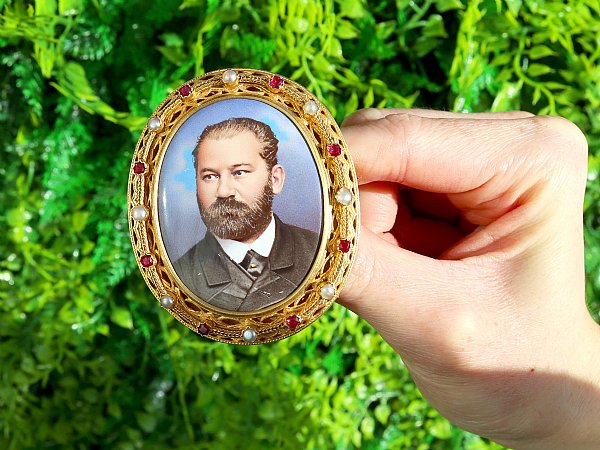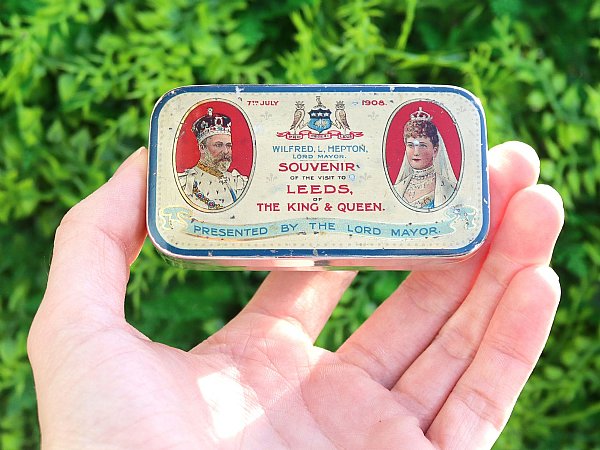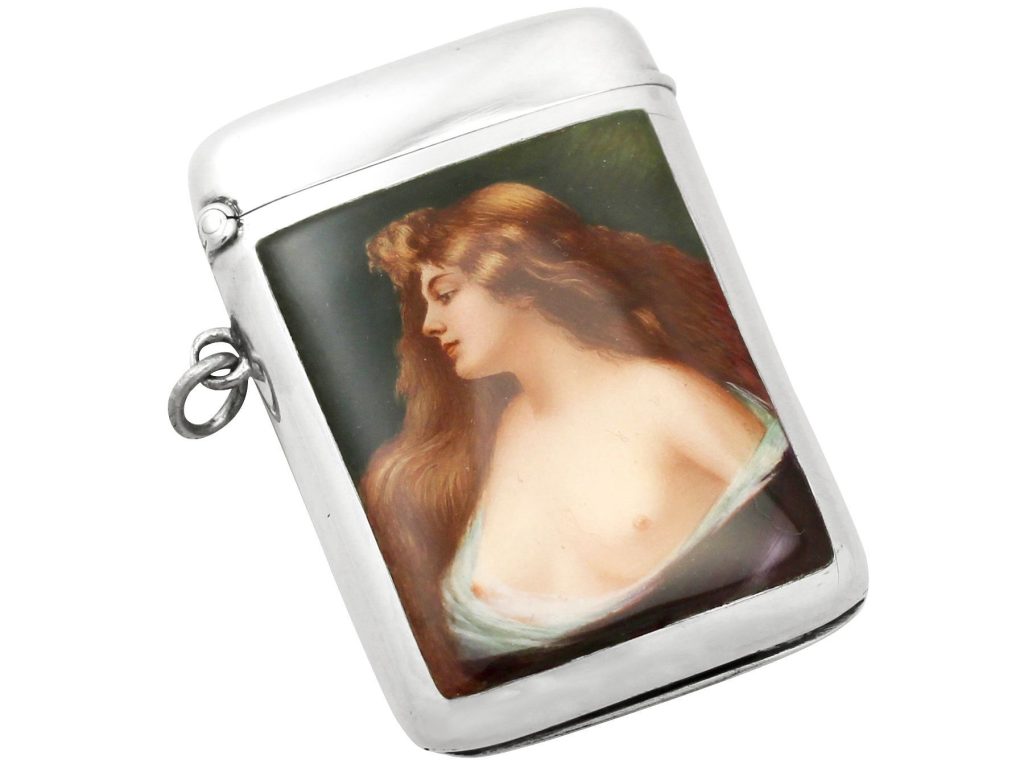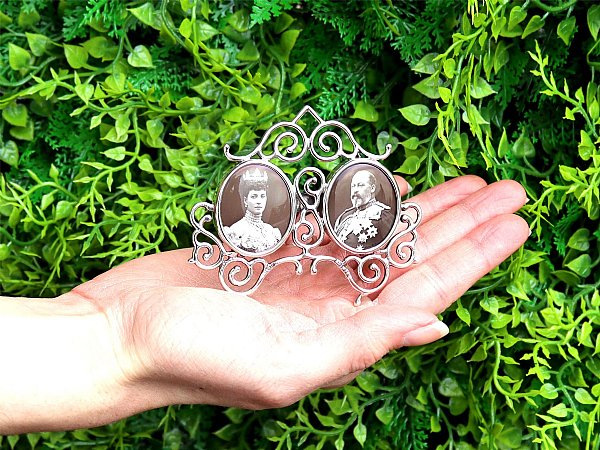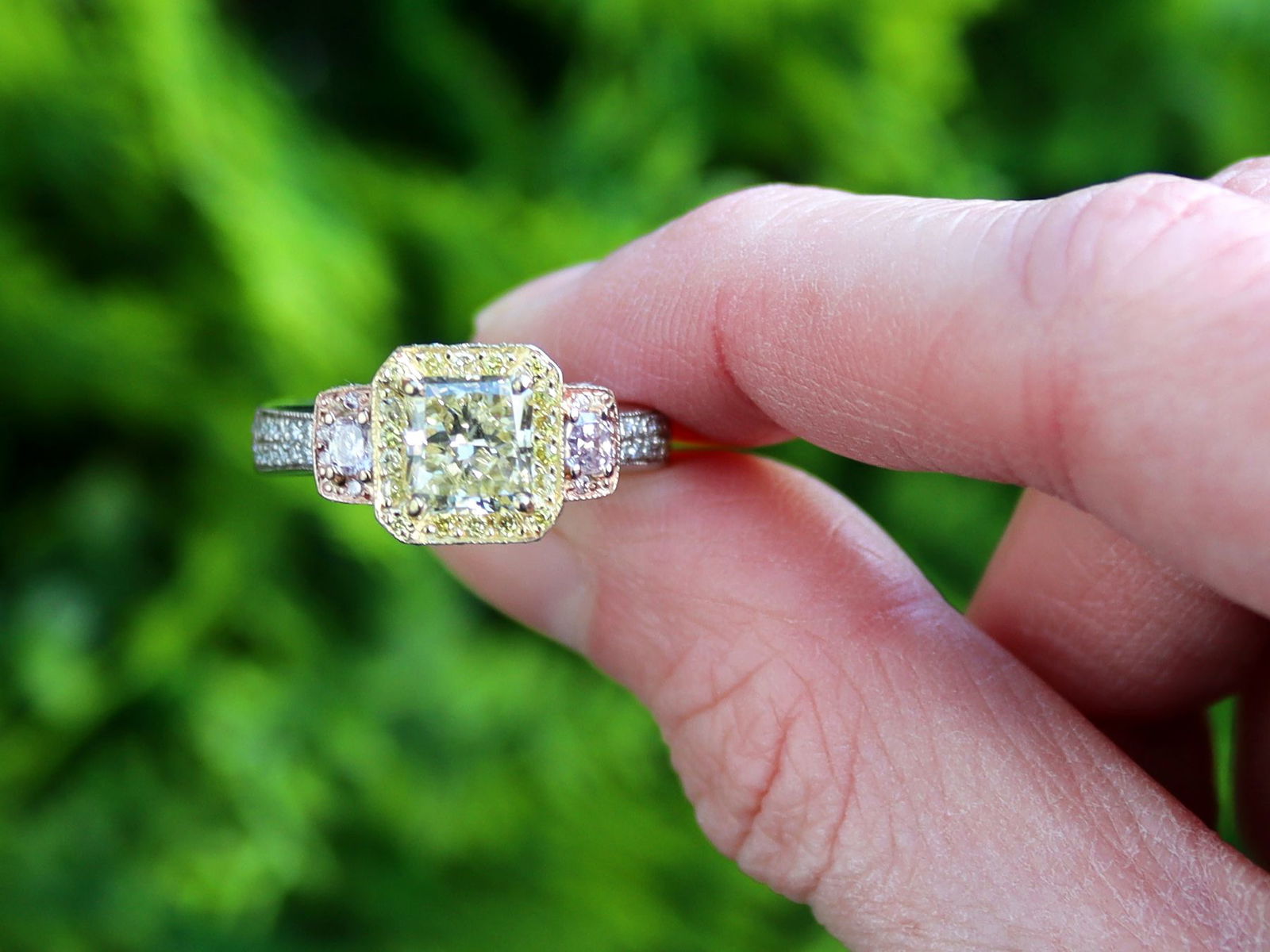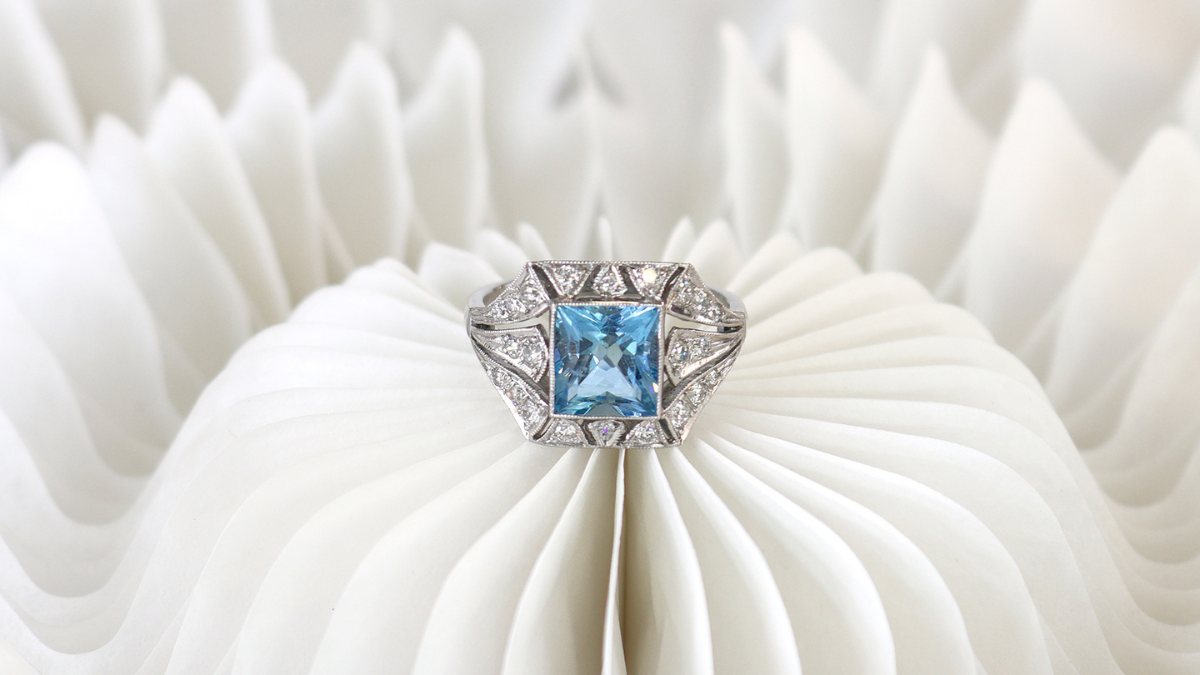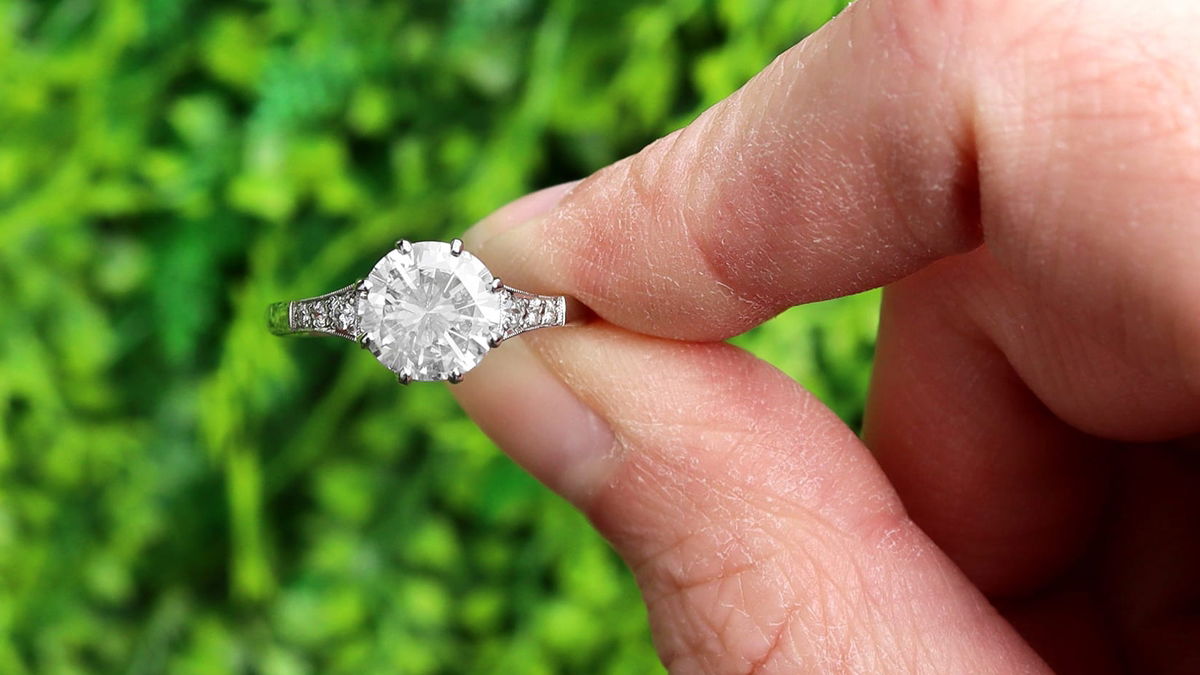“The miniature, the little picture that could be covered by a kiss or hidden in a palm of the hand holds an intimate and personal quality, it was a pledge of affection, often a gauge of stolen joys; it could be carried by the exiled in never so hurried a flight, could be concealed in the lid of a comfort case…”
Miniature Portrait Jewellery
The definition of a miniature portrait is a painting of the subject’s head and shoulders that does not exceed five inches in height or width. Miniatures were very popular before the invention of photography.
It is rumoured that the first British miniatures were produced by Lucas Horneborte for Henry VIII and initially, these miniatures were used as currency by the British court. They were gifted to the lords and ladies in favour with the king and queen. At this time in history the miniature was a reflection of social history, only the gentry would have commissioned such a piece.
Towards late 18th and early 19th centuries, the miniature became popular among the lower classes and were often commissioned to commemorate milestones in life. They became a currency of the heart. These particular pieces were often displayed in beautiful brooches, in pendants, hat pins and bangles. Men in possession of a miniature were more likely to keep them private in their pocket or a concealed pendant. They also decorated snuff boxes, watches, brooches, and jewellery boxes. They were commonly worn to represent the love of family members, or loved ones and those who had died.
Miniature portraits could also feature animals and mythical creatures, varying in style, from realistic to ‘dream like’. Queen Elizabeth I and Queen Victoria particularly liked to wear portrait jewellery. The way of identifying when portrait jewellery was made is difficult. There are typically no dates, or stamps to identify a time period, however, earlier piece tend to have finer brush strokes, and looking at which way the subject of the painting is facing is also a good indicator. Moreover, the hinge/pin of the brooch is also key to seeing when it was made. Twentieth century portrait jewellery is also sometimes printed rather than hand painted – the value and rarity not being worth the same value as hand painted pieces.
Materials Used
The miniature was first painted using watercolour on copper, playing cards or vellum (calf skin). By 1720, ivory was introduced as a base material. When coupled with the watercolour paint, it produced wonderful light luminous colours not previously seen. The realism of the portraits was achieved using a technique of tiny, stippled dots of colour. The portraits were also finished in gouache and later in enamel. The miniatures are also seen painted upon porcelain, mother of pearl, paper and shell. They were typically set in gold, filigree or silver and surrounded by precious stones. Not only were miniatures painted, but they could also be carved.

